Field Conservation
Delaware Kestrel Partnership
Our Mission
 To determine probable cause of decline in Delaware’s American Kestrel populations by; conducting demographic studies which utilize the guidelines of the American Kestrel Partnership, unifying citizen and professional science data, and educating the general public on American Kestrels and ways to help increase their population.
To determine probable cause of decline in Delaware’s American Kestrel populations by; conducting demographic studies which utilize the guidelines of the American Kestrel Partnership, unifying citizen and professional science data, and educating the general public on American Kestrels and ways to help increase their population.
What is the Delaware Kestrel Partnership?
The Brandywine Zoo’s American Kestrel nest box program started in 2014 and was the first in-situ field conservation project conducted by the Zoo. To this day, we are committed to learning as much about this small falcon as we can. From 2014-16, the Zoo operated primarily independently in installing and monitoring nest boxes, but in 2016 we formally created the Delaware Kestrel Partnership (DKP) to include other resource partners in the state in this effort to study Kestrels. This Partnership has allowed the Zoo to develop protocols and knowledge sharing opportunities, investigate historic Kestrel research in Delaware, and work as a group to determine the underlying cause(s) to Kestrel population decline in the state.

To date, the DKP has installed and monitors, through a combination of volunteers, interns, and partners with DE Fish and Wildlife, 80 nest boxes across the state. This monitoring provides insight into preferred nest sites, as well as the Kestrel’s demographics in Delaware. In cases where nest boxes are used by Kestrels, the DKP will band adults and fledglings using USGS aluminum leg bands to further research migratory movements, nest site fidelity, local territories, as well as taking biometric data and feather samples to evaluate disease and parasite loads, exposure to harmful chemicals, and contribute DNA to the Genoscape Project.
DKP Partners
Brandywine Zoo and Delaware Zoological Society
Delaware Ornithological Society
Tri-State Bird Rescue and Research
The Peregrine Fund’s American Kestrel Partnership
Multiple public and private land conservation groups and organizations hosting nest boxes.
Nest Box Monitoring
In response to state-wide and regional declines, the Delaware Kestrel Partnership (DKP) aims to create American Kestrel nesting habitat by installing and monitoring nest boxes to document and assess nesting activity, productivity, and success of breeding populations of this state-endangered raptor throughout Delaware.
We report our data annually for this project to the American Kestrel Partnership (AKP), a project of The Peregrine Fund. The Brandywine Zoo is the first AZA accredited zoo to work with the AKP, which is a North American monitoring program working with both citizen scientists and formal researchers to study Kestrels across the continent. The Zoo, along with our Delaware Kestrel Partnership program partners, is working with the AKP and many other researchers in an effort to better understand and protect this native species.
Feather Sampling
The DKP contributes feather samples from all banded juveniles to the Full Cycle Phenology Project: American Kestrel Genoscape, to build a “genoscape map” across the Kestrel’s breeding range. A genoscape map is “a map of genetic variation across the geographic range of a species. Once a genoscape has been created, it can be used to trace the breeding origin of a bird captured anywhere along its migratory pathway using DNA contained within a single feather” (UCLA IoES, 2017). American Kestrels are too small for currently available tracking devices, so the Genoscape Project will help researchers better understand the migration habits of Kestrels based on their DNA samples and may one day help to identify causation for this population decline.
UCLA IoES. (2017, May 26). Bird Genoscape Project. Retrieved May 26, 2017, from https://www.ioes.ucla.edu/project/bird-genoscape-project/

Taking feather samples from a chick for the Genoscape Project
Banding Kestrels
In 2021, our researchers began putting bright yellow leg bands on kestrels, which are different from the regular USGS aluminum bands (shown below). The colored leg bands are made of plastic and wrap around the leg 1.5 times to self-secure. Their large scale font is visible from much further away, so you don’t have to physically capture the bird to recover its band number. Because they are easier to see from afar, anyone with a good pair of binoculars can report a sighting of one of our study birds to the USGS Bird Banding Lab (BBL), who will report the information to the Zoo. Any time a kestrel is recovered or re-sighted by the public and reported to the BBL it helps contribute to the ongoing research of this program!
HOW COLOR BANDS WORK
Each bird bander is given a unique color band to use, as well as unique color of the font, if numbers or letters are used. The combination of the colors of the band, font, and the unique number are all used to create unique identifiers without running out of number-only or letter-only possible combinations.
REPORT A COLOR BAND
Report a banded bird by visiting the USGS Bird Banding Lab’s website. It will ask you what type of band you’ve encountered.
- Click “Color Marker Only” and proceed.
- You’ll be asked to enter the type of band. All our birds are currently banded on their RIGHT LEG with a Yellow Marker and the color code is Black. You’ll be asked to enter the numeric code.
USGS ALUMINUM LEG BANDS
Ornithologists in the United States are issued uniquely numbered bands and tags from the US Geological Service (USGS), who keeps track of a massive database of banded birds. Putting unique numbers on birds helps researchers keep track of individual birds over their lives and helps us learn about migration (seasonal movement back and forth), dispersal (leaving one area to live permanently in another), longevity and survival, and more!
The numbers on these bands are so small, however, that the bird needs to be physically caught and held to read the number and find out who the bird is. If you ever find a bird with a numbered leg band, wing tag, or neck collar, you can report it (called a Band Encounter) to the USGS Bird Banding Lab’s website.

American kestrel chick with one of the Zoo’s unique leg bands.

Standard USGS aluminum leg band. (Photo: J. White)
How Can You Help?
In addition to placing boxes on appropriate habitat where kestrels possibly could be found, the Zoo’s team of researchers also use citizen sightings of kestrels to determine nest box locations.
HELP US IDENTIFY NEST BOX LOCATIONS!
- Log your kestrel sightings at eBird.org and document details about your sighting such as gender, location and any behaviors.
- Download the EpiCollect5 App, join our project “Delaware Kestrel Monitoring,” and submit encounters or recommend nest box locations directly to us through the app.
- Contact us at [email protected]
- Think you may have an appropriate site for a kestrel box? Check out Keys to Success for more information. Schools and private residents interested in participating in kestrel nest box monitoring at their sites should email us or submit suggestions using EpiCollect5.
THE DKP IS LOOKING FOR AMERICAN KESTRELS IN DELAWARE – HAVE YOU SEEN ONE?
Urban Wild
Wildlife monitoring program
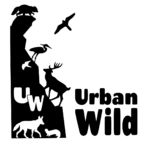
Greater than 10% of the Earth’s total land surface is “urban land,” and the majority of people live in urban areas. Cities are typically not built with wildlife in mind, but nevertheless, they still contain important habitat. Here at The Brandywine Zoo, we are investigating the prevalence of terrestrial mammals found in urban to rural ecosystems across Northern Delaware and Southeastern Pennsylvania. Data collected will allow us to better understand species diversity in urban environments, how animals shift their behavior patterns in regard to levels of urbanization, and how this impacts spatial ecology. In understanding what species are most typical, and atypical, by grade of urbanization, as well as when they are most active, we hope to inform conservation and land use decisions, maximize positive human-wildlife interactions while limiting conflicts, and better connect communities in general to the wildlife living right in their backyards.

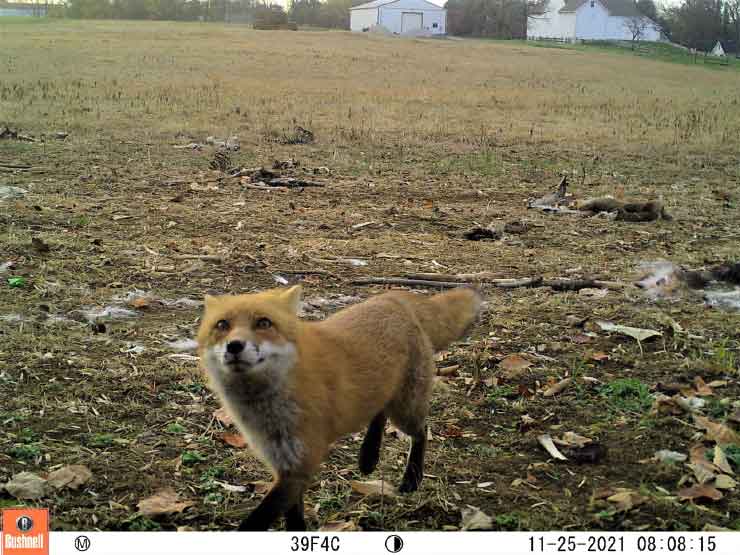





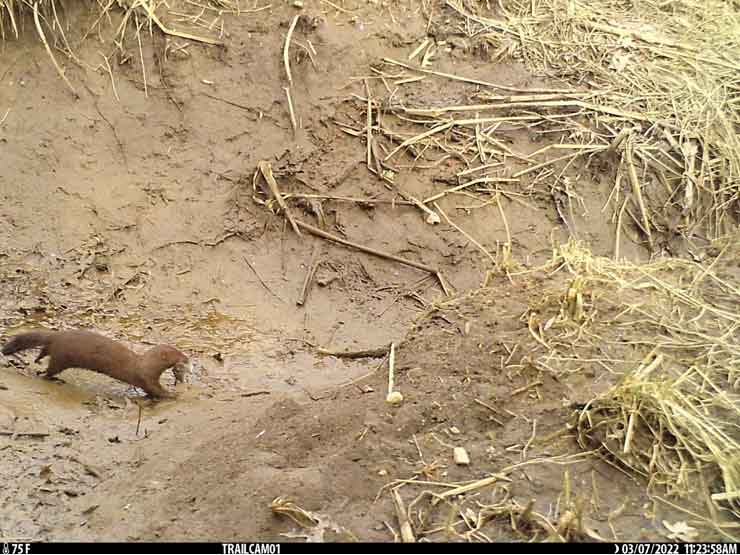
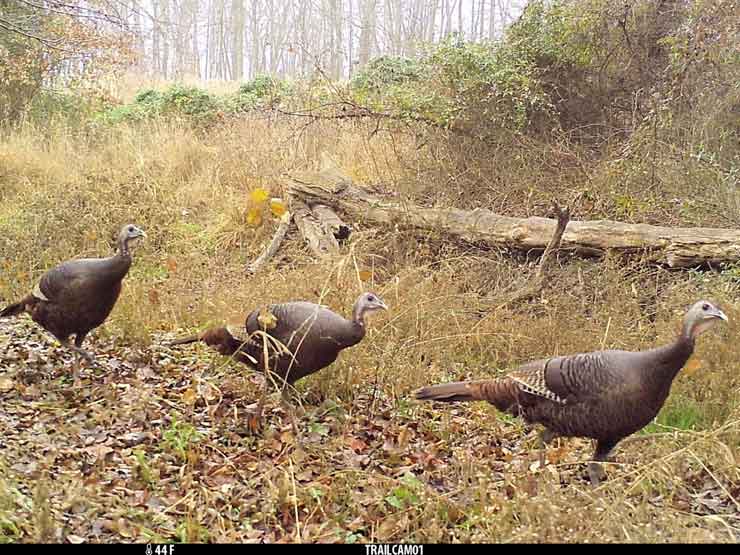
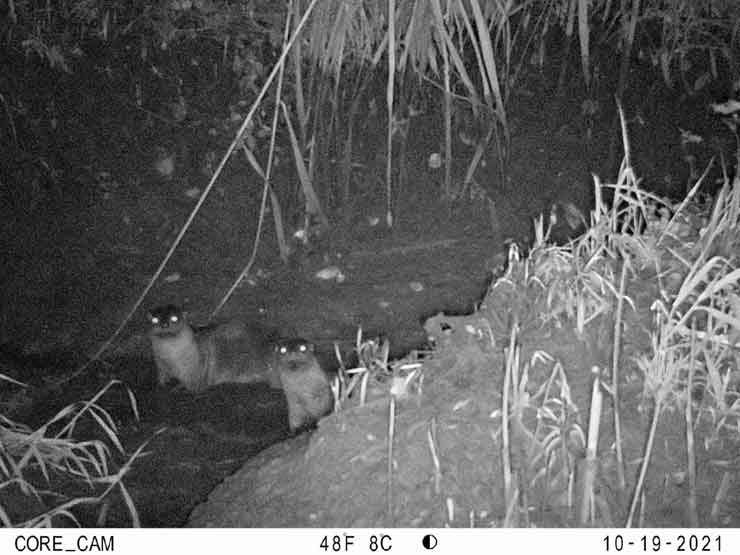

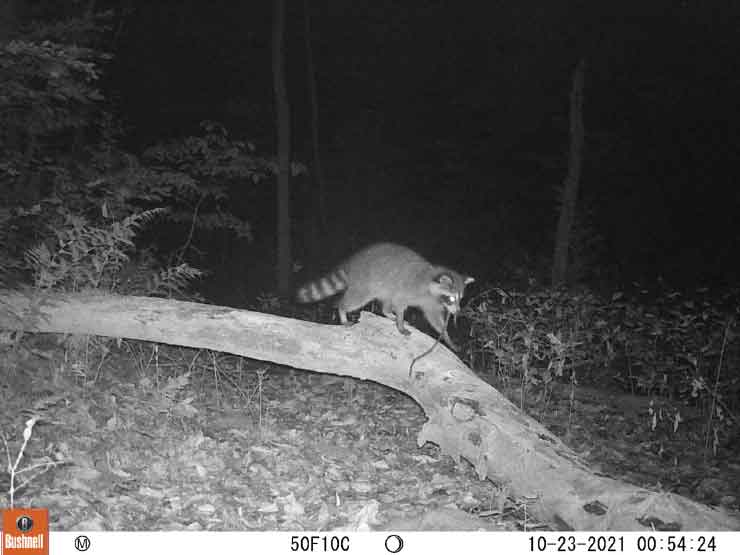
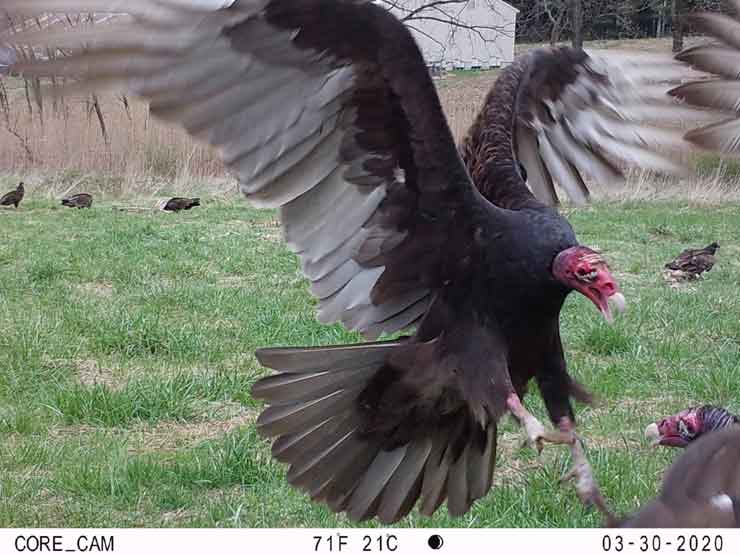
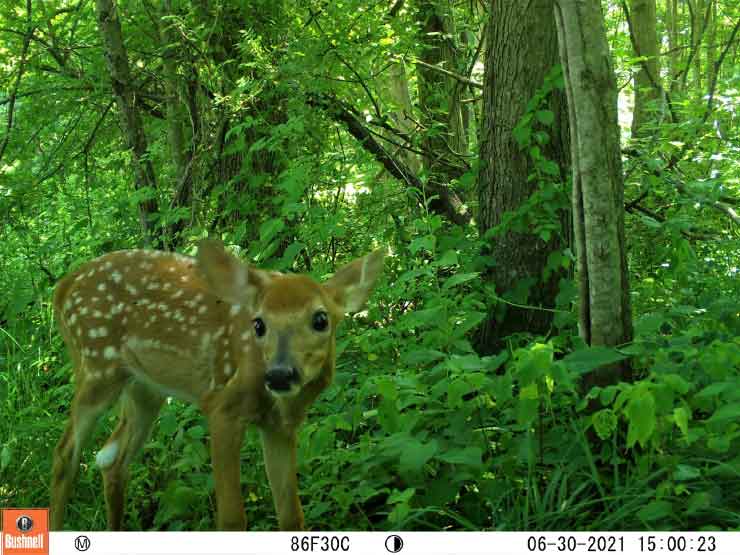
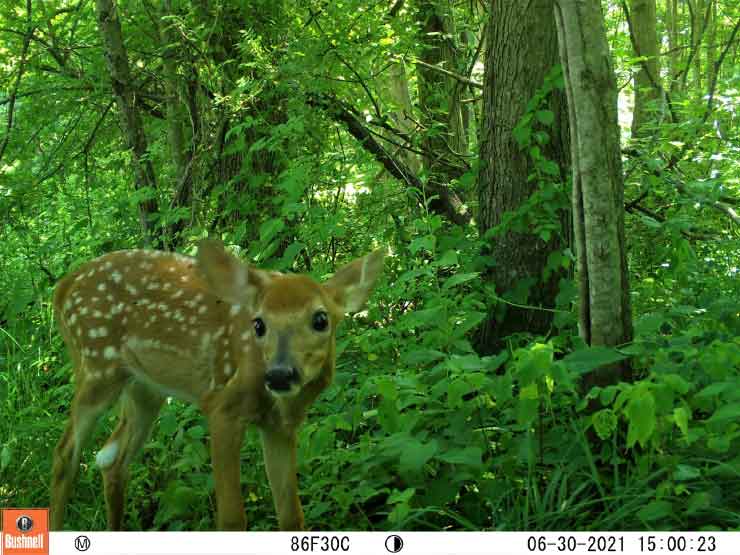
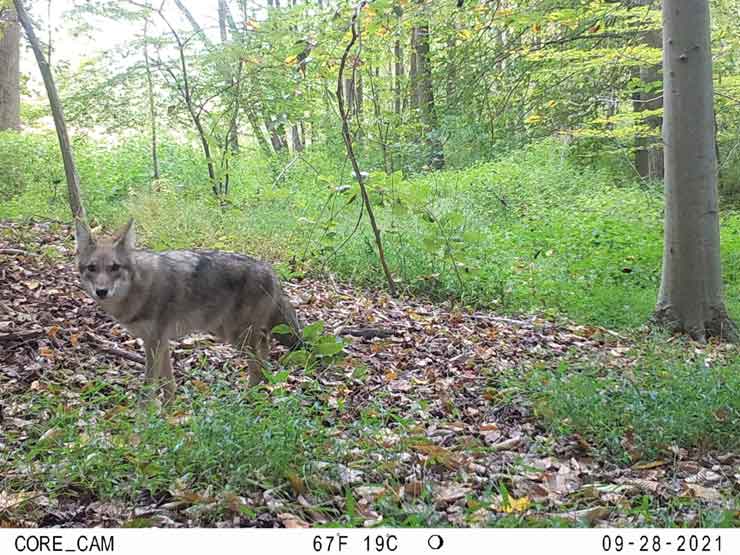
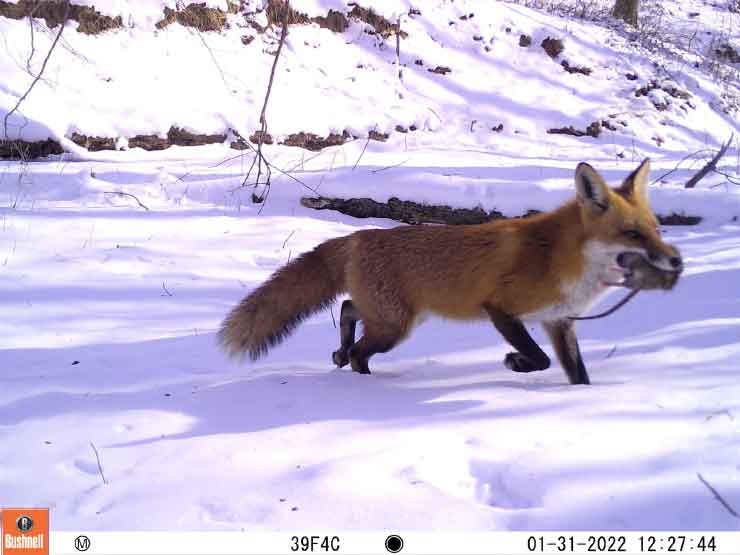
Project Goals:
- Connect residents of the Delaware Valley to the wildlife living in their backyards
- Understand how wildlife behavior is changing as our cities continue to grow.
In having a better understanding of urban ecosystems, we can help minimize human-wildlife conflict and maximize positive wildlife interactions.
Understanding Urban Biodiversity
Understanding varying levels of biodiversity within cities like Wilmington is pivotal to protecting it in the face of global urbanization. With the species data collected, our studies will additionally examine the effects of habitat fragment size and connectivity upon both ecological diversity and individual species distributions, predict biodiversity along a gradient of urbanization in Delaware, and analyze the relative importance of habitat quality, type, and location as well as the extent to which wildlife utilize ‘urban greenways’ both as wildlife corridors and as habitats in their own right. Outcomes from these analyses will not only help to push forward our understanding of ecology in Wilmington and other cities, but will also provide useful information to planners and managers as we work with them to plan for biodiversity preservation in urban regions.
People & Urban Wildife

One primary goal in conducting these various urban wildlife studies is to serve as a source of information for the public, as well as to operate as a centralized repository for urban wildlife data and public reporting of wildlife sightings. It is critically important that with public awareness comes education revolving around peaceful coexistence, better understanding wildlife behavior, and proactive measures people can take to reduce conflict, responsible management and land use decision-making, and developing empathy for wildlife.

Cities provide a unique opportunity for science. They are the fastest growing ecosystem on the planet and the high number of people living in them provides an untapped and valuable opportunity to engage the public in the process of ecological research and connect people to nature. Most Delawareans are unaware of the diversity of wildlife that call this state home, particularly in the highly urbanized area where this project takes place. Awareness of the species revealed in these studies may bring a predictable mix of emotions from the public, from fear and concern to curiosity and wonder. Understanding the local wildlife sharing our urban areas will allow us to mitigate human-wildlife interactions, make recommendations to urban planners and land managers for least-impactful human activities for sensitive species, and contribute to a variety of additional research or plans that will benefit the local population as well as wildlife. The data collected in this project are ultimately helping us understand wildlife behavior, the impacts human development and activity has on the wildlife we share our cities with, as well as how that wildlife adapts to life with us.
Urban Wildlife Information Network
 In the fall of 2017, The Brandywine Zoo partnered with the Lincoln Park Zoo’s Urban Wildlife Institute (UWI) to conduct passive monitoring of wildlife within the State of Delaware. This project specifically focuses on monitoring green spaces inside and outside of Wilmington, Delaware at field sites along an urban to rural gradient. This monitoring project is conducted using game cameras placed along a transect running through rural to urban areas in New Castle County. The images and activities observed will be used to help connect people to nature and educate the public about the importance of biodiversity within a natural community.
In the fall of 2017, The Brandywine Zoo partnered with the Lincoln Park Zoo’s Urban Wildlife Institute (UWI) to conduct passive monitoring of wildlife within the State of Delaware. This project specifically focuses on monitoring green spaces inside and outside of Wilmington, Delaware at field sites along an urban to rural gradient. This monitoring project is conducted using game cameras placed along a transect running through rural to urban areas in New Castle County. The images and activities observed will be used to help connect people to nature and educate the public about the importance of biodiversity within a natural community.
The Urban Wildlife Information Network (UWIN), is a collaborative group of cities working on urban wildlife projects across North America. The Brandywine Zoo was the first the organization on the East Coast partnered with the UWIN, which is now in more than 40 cities across the globe, as well as the first additional zoo to partner with Lincoln Park Zoo for this initiative. We joined with the goal to study and report on urban wildlife activities in the Delaware valley to the greater network, but also to better connect our own communities to the wildlife in our backyards.
2022 UWIN Partners Map

One goal of UWIN is to provide resources to study, conserve, and manage wildlife from the city to individual site level. Collaboration with UWIN partners includes other urban wildlife monitoring programs across North America, but also with city planners, landscape architects, and land managers, who are all working together to develop, inform, and guide urban wildlife conservation efforts in the future. Our partnership also provides quality information that can help advance scientific understanding of urban wildlife species and their behaviors. These advances in understanding can aid city planners and architects on best-use-practices for decreasing the impacts human activities have on urban wildlife populations.
Carnivore Ecology Project
Coyote

Coyotes, historically absent from Delaware, have been slowly colonizing the state for the last decade and their range is not well known. Where they are present, they fill the apex carnivore role needed to balance deer and other prey populations, while also influencing small carnivore population guilds. Their populations are higher in Pennsylvania, and we hope to explore the relationship between these carnivores and the biodiversity at the places they are, and are not, found.
More specific studies on urban carnivores in our region will allow us to better understand carnivore guilds and how coyotes are influencing the diversity and populations of small to medium-sized carnivores, known as mesopredators, that find themselves in the “middle” of the food chain, such as raccoon, red and grey fox, skunk, and opossum. Studies have shown that coyotes increase biodiversity by preying on these other small carnivores, who in turn prey on birds and their eggs, rabbits, groundhogs and other small animals. We hope to study the effects of small and medium carnivores across various ecosystems and better understand what species are filling the role of “apex” predators at different locations and levels of urbanization. As we see more coyote move into Delaware from neighboring states, we have the potential to see shifts in predatory guilds occur as these carnivore populations change and expand.
Furthermore, as larger predators like coyote expand their territories in Delaware, inevitably we expect to see increased public awareness, wariness, or even rising levels of potentially negative interactions. By informing Delaware residents with education about co-existence with carnivores like coyote, we hope to put Delawareans at ease and help them discover ways they can best live alongside these carnivores.
Another Urban Wild project focuses on urban carnivore ecology, which studies carnivore guilds and focuses on identifying the presence of North American river otter and coyote across Northern Delaware. In this project, we are looking at how these cryptic, apex carnivores are influencing mesopredator (medium-sized carnivores) guilds and species diversity, as well as how they are influenced by levels of urbanization and human disturbance.
These two species, coyote and otter, have very different public perceptions, with charismatic otters well-loved and celebrated while coyote hold the title of most persecuted carnivore in North America-with over half a million (about one per minute) exterminated annually in the US. If the otter is the flagship species for public adoration, the coyote is a flagship for all misunderstood and exploited carnivores. The carnivore ecology project will help to shed some light on the natural history and ecology of both these species in Delaware and Southeastern Pennsylvania while generating enthusiasm and buzz for our citizen science project as we share camera images with awareness messaging.
Help us learn where coyotes are located by reporting them to our iNaturalist project.
River Otters

Otters are an indicator species for ecosystem and watershed health. They are sensitive to water pollution and tend to be absent from very polluted waterways. The presence or absence of these charismatic species can tell us a lot about the health of a habitat. Our studies of North American river otters in urban ecosystems will additionally help to raise awareness of this publically loved species and its ecology. Our camera trapping project will hopefully shed some light on this charismatic species and help generate enthusiasm and buzz for our citizen science project.
River otters’ sensitivities to water pollution but recent comeback across North America as watersheds have improved over the years is a good sign, however it is unclear how many call our urban waterways in Delaware home. As sentinels for watersheds, and their presence, absence, health, and fertility can offer us valuable information on the health of the watersheds in which they live not only for their own sake but also the health of other wildlife and that of people utilizing the same water. Their increasing presence is good news and shows that we have made enough improvements in Delaware watersheds, and we hope to use this species as a platform for continued watershed support and research.
Scavengers

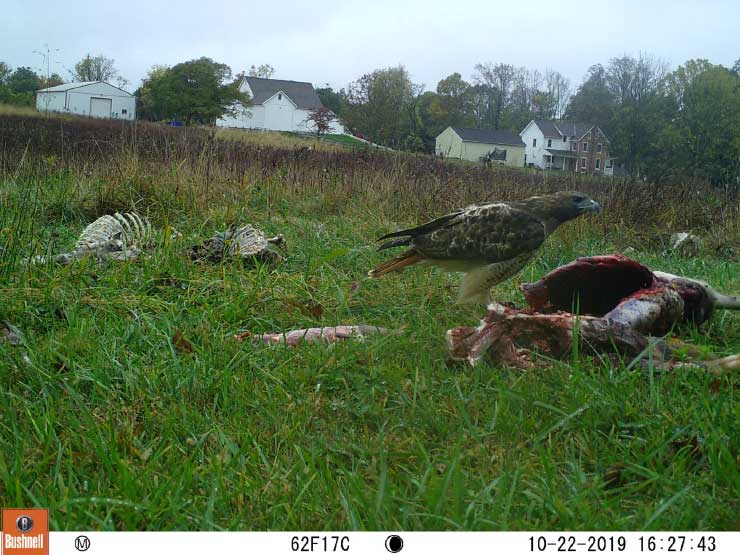
This project investigates the succession of scavengers at ephemeral and reliable food sources. What does this mean? Basically, what scavengers are opportunistically making use of deceased animals (carcasses) at different locations across New Castle County and Southeastern Pennsylvania, what habitat and human features may dictate what species show up at varying locations, and in what order.
Why does this matter? Scavengers are an important part of any ecosystem. They provide vital waste removal services for people and may help reduce the spread of disease, especially when avian scavengers like vultures consume a carcass before mammalian ones can. Understanding our scavenging community in the Delaware Valley can help us learn about things like wildlife disease risks, which species are providing these services in what locations, or even the risks some of these food sources present to wildlife, including lead poisoning (from hunter gut piles left for scavengers to consume).
Peregrine Falcon Watch
In partnership with the Delaware Ornithological Society’s (DOS) long-running Peregrine Falcon nest monitoring project, The Brandywine Zoo is helping to coordinate volunteer monitoring efforts during falcon fledging.
Since 1992, DOS has been monitoring a nesting pair of Peregrine Falcons who annually take up residence in a man-made nest box in Downtown Wilmington each year. The current falcons are “Trinity” and “Red Girl,” and the live webcam hosted by DOS sees up to 10,000 viewers per day during peak nesting season!
For more details about this project, please visit the DOS Wilmington Peregrine Falcon Watch.
Each year, as the season’s new falcon chicks approach fledging (taking their first flight), volunteer monitors are brought together to watch for these first harrowing flights. Volunteers take two-hour shifts from just before dawn to just after dusk to watch for these flights. This is important because sometimes the fledglings end up “grounding” themselves (they end up on the ground and don’t have the wing strength necessary to get enough lift to get to a higher location) and, because of their inexperience with flying cannot get back up to their nest.
Volunteers will go recover the fledgling and return it to the roof of the Brandywine Building if this happens.
Fledgling monitoring usually occurs around Memorial Day, and lasts from 7-10 days.
If you’re interested in becoming a monitor, you may apply to become a volunteer through Delaware State Parks. Select the Zoo and specify that you want to be involved with the peregrine project.

Help us monitor as the fledglings take flight! Photo- DOS/Wilmington Falcons

Wilmington residents keep watch. Photo- DOS/Wilmington Falcons
Community Science Opportunities
Currently, we are not accepting volunteers, but check back soon!
You can help our wildlife monitoring programs by becoming a community scientist for us! Community scientists, sometimes called citizen scientists, are anyone from the community in which we work who want to help collect research data!
Get started by joining our iNaturalist project and use your phone to snap photos and log data any time, from anywhere!
Join our iNaturalist project!
Use your phone. Snap photos. Submit Data!
iNaturalist, available as an app or online, is a citizen sc ience program that allows users to snap photos of any plant or animal and crowdsource IDs. Images on iNaturalist can be used by researchers for focused projects on specific species or regions.
ience program that allows users to snap photos of any plant or animal and crowdsource IDs. Images on iNaturalist can be used by researchers for focused projects on specific species or regions.
iNaturalist users can join the Brandywine Zoo’s Urban Wildlife Monitoring of Delaware project to their user profile by doing a projects search, then start adding your photos and tagging wildlife! By getting involved with iNaturalist you can help us learn what animals are using Delaware’s landscape!

Camera Deployment Team
Volunteers for this project would help our research team deploy cameras around New Castle County, Delaware for our monitoring efforts. Various camera deployment projects range from three times a month, four times per year (January, April, July, and October) to several other ongoing projects that take place year-round.
This opportunity requires being outdoors, in all weather, for extended periods of time, bending, lifting, or carrying sometimes heavy objects, traversing uneven or even slippery terrain outdoors, crossing streams, climbing riverbanks, etc.
Photo ID Team
Help us from the comfort of your own home! We have lots of camera trap photos that need identifying, and an online database where all this occurs. All you need is a computer with internet connection, the comfort in navigating a photo ID website (check out Zooniverse for examples of something similar to what you’d be doing), a general knowledge of wildlife ID (we’ll provide you with an ID guide for DE wildlife), and an interest in looking at photos of interesting animals and lots and lots of squirrels!
Publications
Wilmington Data in Scientific Literature
Our data are shared with multiple international networks (Urban Wildlife Information Network, Snapshot USA) as well as independent researchers, upon request, to help give insight on how to both conserve and co-exist with urban wildlife and an ever-urbanizing world. Below is a list of publications using data from Wilmington, Delaware.
- Cove, M. V. et al. 2021. SNAPSHOT USA 2019: a coordinated national camera trap survey of the United States. Ecology 102(6):e03353. https://doi.org/10.1002/ecy.3353
- Magle, S. B., Fidino, M., Sander, H. A., Rohnke, A. T., Larson, K. L., Gallo, T., Kay, C. A. M., Lehrer, E. W., Murray, M. H., Adalsteinsson, S. A., Ahlers, A. A., Anthonysamy, W. J. B., Gramza, A. R., Green, A. M., Jordan, M. J., Lewis, J. S., Long, R. A., MacDougall, B., Pendergast, M. E., … Schell, C. J. (2021). Wealth and urbanization shape medium and large terrestrial mammal communities. Global Change Biology, 00, 1–14. https://doi.org/10.1111/gcb.15800
- Fidino, M., Gallo, T., Lehrer, E. W., Murray, M. H., Kay, C. A. M., Sander, H. A., MacDougall, B., Salsbury, C. M., Ryan, T. J., Angstmann, J. L., Belaire, J. A., Dugelby, B., Schell, C. J., Stankowich, T., Amaya, M., Drake, D., Hursh, S. H., Ahlers, A. A., Williamson, J., … Magle, S. B. (2020, December 22). Landscape‐scale differences among cities alter common species’ responses to urbanization. The Ecological Society of America. Retrieved September 15, 2021, from https://esajournals.onlinelibrary.wiley.com/doi/abs/10.1002/eap.2253
- Gallo, T., Fidino, M., Gerber, B., Ahlers, A. A., Angstmann, J. L., Amaya, M., Concilio, A. L., Drake, D., Gay, D., Lehrer, E. W., Murray, M. H., Ryan, T. J., St Clair, C. C., Salsbury, C. M., Sander, H. A., Stankowich, T., Williamson, J., Belaire, A., Simon, K., Magle, S.B. (2022, March 31). Mammals adjust diel activity across gradients of urbanization. eLife. https://doi.org/10.7554/eLife.74756.sa0



